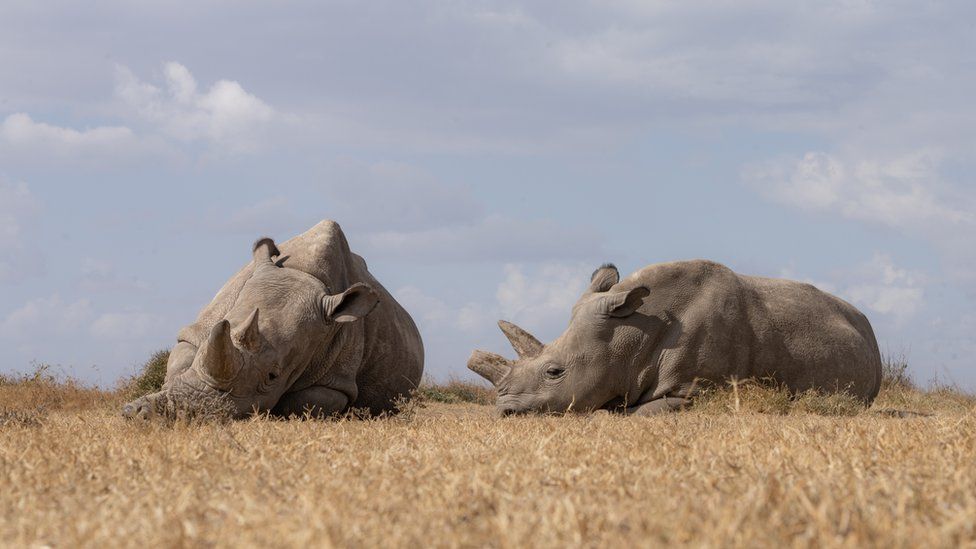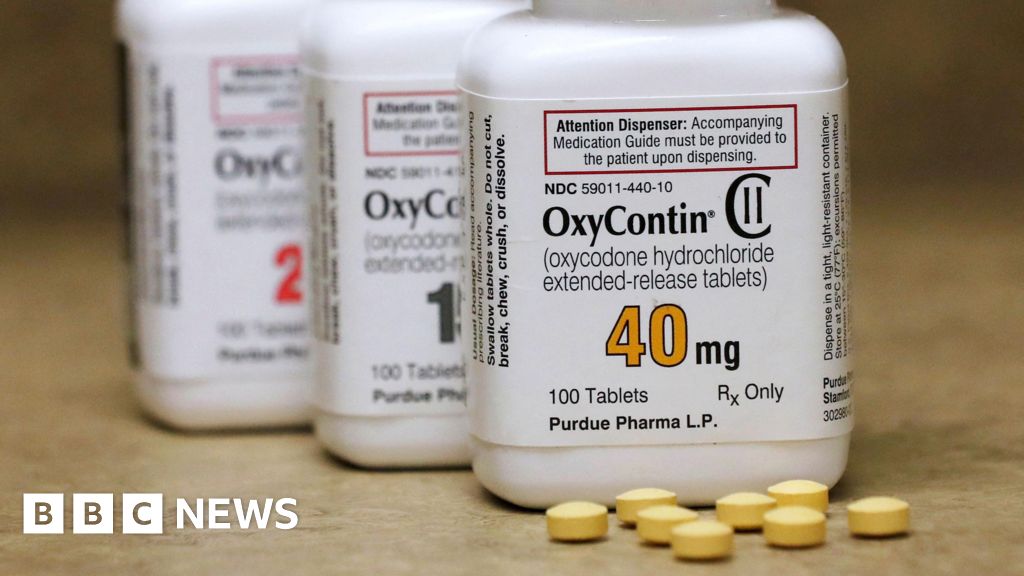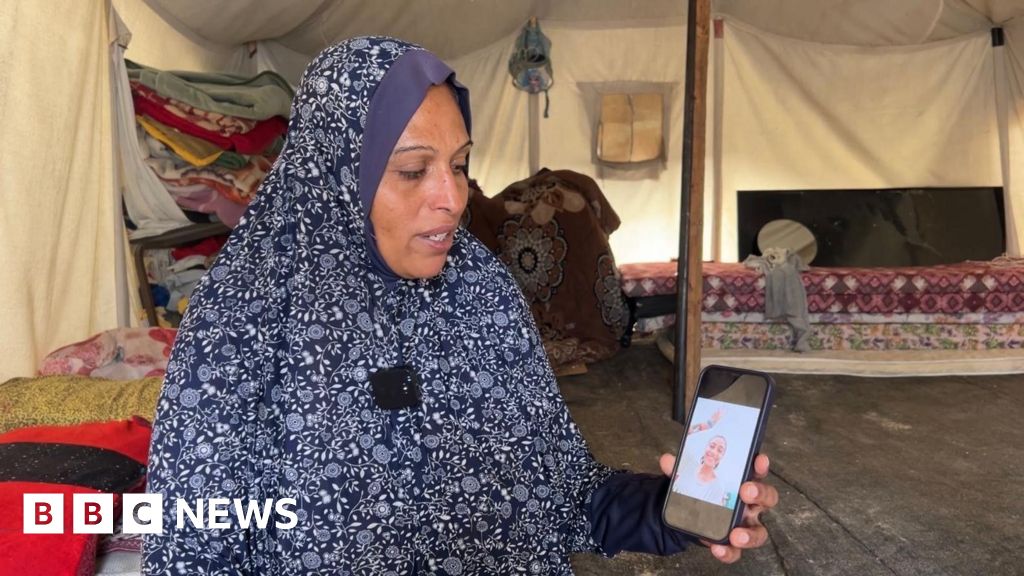ARTICLE AD BOX
 Image source, Jan Zwilling
Image source, Jan Zwilling
Najin and Fatu are the world's last northern white rhinos
By Rebecca Morelle and Alison Francis
BBC News Science
A fertility breakthrough has offered hope for saving the northern white rhino from extinction - there are only two of the animals left on the planet.
Scientists have achieved the world's first IVF rhino pregnancy, successfully transferring a lab-created rhino embryo into a surrogate mother.
The procedure was carried out with southern white rhinos, a closely related sub-species of northern whites.
The next step is to repeat this with northern white embryos.
"To achieve the first successful embryo transfer in a rhino is a huge step," said Susanne Holtze, a scientist at Leibniz Institute for Zoo and Wildlife Research in Germany, which is part of the Biorescue project, an international consortium trying to save this species.
"But now I think with this achievement, we are very confident that we will be able to create northern white rhinos in the same manner and that we will be able to save the species."
Image source, Jan Zwilling
Image caption,The embryo transfer was carried out using a surrogate southern white rhino mother
Northern white rhinos were once found across central Africa, but illegal poaching, fuelled by the demand for rhino horn, wiped out the wild population.
Now only two rhinos remain: two females, Najin and her daughter Fatu. Both of the former zoo animals are kept under tight security at the Ol Pejeta Conservancy in Kenya.
Unable to reproduce, the species is technically extinct. But now the Biorescue team has turned to radical fertility science to bring these animals back from the brink.
They started their work using southern white rhinos. This close cousin of the northern whites has a population of thousands - and is considered a conservation success story although it's still threatened by illegal hunting.
The project has taken years and has had to overcome many challenges: from working out how to collect eggs from the two-tonne animals, to creating the first-ever rhino embryos in a lab and trying to establish how - and when - to implant them.
Image source, Jan Zwilling
Image caption,It has taken the Biorescue team many years to work out how to create and then transfer a rhino embryo
It took 13 attempts to achieve the first viable IVF pregnancy using southern white rhinos.
"It's very challenging in such a big animal, in terms of placing an embryo inside the reproductive tract, which is almost 2m inside the animal," Susanne Holtze told BBC News.
The embryo, which was made using an egg from a female southern white from a zoo in Belgium and fertilized with sperm from a male in Austria, was transferred into a southern white surrogate female in Kenya, who became pregnant.
However, the success was followed by tragedy.
Image source, Jan Zwilling
Image caption,The pregant southern white surrogate sadly died from an infection caused by bacteria found in the soil
Seventy days into the pregnancy, the surrogate mother died after becoming infected with Clostridia - a bacteria found in the soil that can be deadly to animals.
The death dealt a blow to the team - a post-mortem revealed that the 6.5cm male foetus was developing well and had a 95% chance of being born alive.
But it showed that the technique had worked and that a viable pregnancy through rhino IVF was possible. Now the next step is to try this using northern white rhino embryos.
There are only 30 of these precious embryos in existence, stored in liquid nitrogen in Germany and Italy.
They were created using eggs harvested from Fatu, the younger female in Kenya, and sperm collected from two male northern white rhinos before they died.
Image source, BBC/Kevin Church
Image caption,Some of the precious northern white embryos are held at Berlin's Leibniz Institute for Zoo and Wildlife Research
However, the birth of a northern white calf will require another scientific first.
Neither of the last two surviving northern whites can carry a pregnancy because of a combination of age and health problems. So instead the embryo will be implanted into the womb of a surrogate southern white rhino.
IVF across a sub species has never been tried before, but the team is confident it will work.
Prof Thomas Hildebrandt, the director of Liebniz IZW and project head for the Biorescue Consortium, said: "I think the situation for the northern white rhino is quite privileged for the embryo transfer because we have a closely related recipient - so their internal map is nearly the same."
Image source, Jan Zwilling
Image caption,Noone has ever tried to transfer an embryo into a different sub species
The Biorescue team hopes to implant the embryos in the coming months. They want the calf to be born while some northern white rhinos are still alive.
"We want to preserve the social communication, the social heritage of the northern white rhino by putting the first calf on the ground so they can learn the language from the last two rhinos, they can learn how to behave from them," explained Prof Hildebrandt.
The researchers are aware that adding some more animals through IVF will not save this species - there wouldn't be enough genetic diversity to create a viable population.
So they are simultaneously working on an even more experimental technique, attempting to create rhino sperm and eggs from stem cells, to go on to produce embryos.
Image source, Jan Zwilling
Image caption,The team is also looking at stem cell research to boost the northern white rhino population
Again, this will take time and there will be many scientific challenges to overcome.
Some wildlife experts also argue that pouring more money and resources into a species that's as good as lost could be better used in saving more viable species.
However, Jan Stejskal, the BioRescue project coordinator from Safari Park Dvur Kralove in the Czech Republic where Najin and Fatu were originally from, said: "One thing that we have to understand is that behind the extinction of the northern white rhino is man. It's not because of some evolutionary pressure, it was greed, it was the consumption of a rhino horn.
"So, in a way, we are responsible and if we actually have a technique that can assist us to save them, then I think we have a responsibility to use it and to try to save them."
Samuel Mutisya, head of research and species conservation at Ol Pejeta, added that the northern whites were a critical party of the ecosystem and the team was "committed to do all that is humanly possible to nurture, protect and recover the species".
Related Internet Links
The BBC is not responsible for the content of external sites.

 1 year ago
16
1 year ago
16








 English (US) ·
English (US) ·